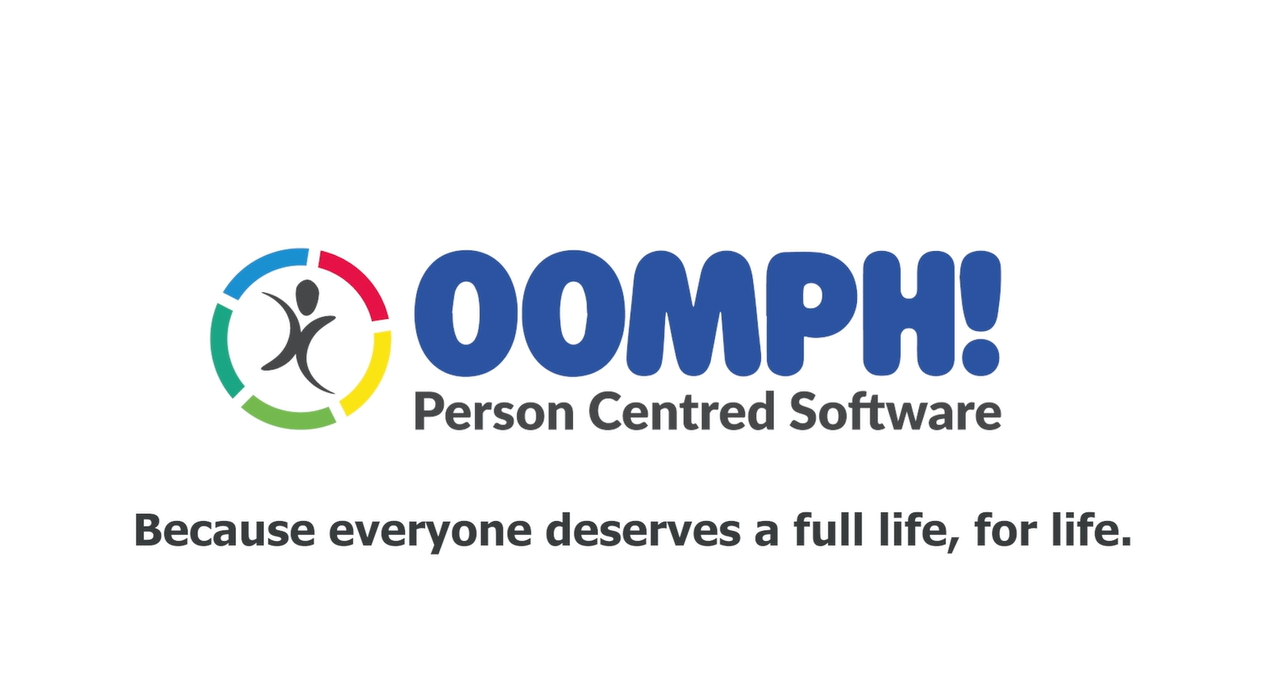What needs to be considered when looking at CQC compliance for the wellbeing of people living and working in care

For care settings, prioritising wellbeing is often what separates average providers from good and outstanding providers. However, for a long time, the provision of wellbeing support and activities in care homes was seen as a ‘nice to have’ and was less of a priority versus clinical care. However, these days, to stand out and exceed CQC compliance, much more attention needs to be paid to the holistic aspects of care that that cover emotional and mental wellbeing as well as quality of life being a priority.
CQC compliance: why wellbeing?
There has been a shift in recent years in regulatory requirements to focus on wellbeing and to make it equally important as more clinically based care. This is because regulatory bodies like the CQC in England, the HIW in Wales and the CI in Scotland have started to recognise that true quality of life for those living in care means providing an environment where residents can live and not just exist.
“The importance of living and existing is central to understanding wellbeing, which can be divided into two main aspects: objective (living) and subjective (existing),” said Jade Ellis, Wellbeing Expert for Oomph! Wellbeing & Activities. “The objective aspect focuses on essential needs such as food, water, shelter, and medicine—things we cannot survive without. The subjective aspect, on the other hand, emphasises elements that enhance the quality of life, such as hobbies, pets, family, interests, and meaningful work.
“As leaders in the care industry, our role is to integrate both of these aspects into person-centred care. Ensuring a balance between meeting basic needs and enriching life experiences is fundamental for achieving a high quality of life. One cannot be fully realised without the other.
“Inspectors are now concentrating on the journey an individual takes when transitioning into care. They seek to understand the level of support provided and the progress made during their time in the setting. This evaluation encompasses mental, emotional, and physical aspects. While wishes, goals, and aspirations are integral to this process, personal development is equally significant. This approach emphasises not just supporting individuals to exist, but also enabling them to truly live.
“We are witnessing a shift in focus from solely addressing care needs to also considering the impact lifestyle has on an individual's wellbeing. Demonstrating evidence of quality of life has become more crucial than ever. Staff must provide clear documentation of each person's development and lifestyle improvements.”
But the idea of wellbeing in care homes doesn’t just extend to residents, it is important to prioritise the wellbeing of those working in care too – this is another one of the fundamentals that regulatory bodies look for when assessing a care home.
It’s important to foster a sense of wellbeing for staff because when staff are working in an environment that prioritises their quality of life as well as supports and fosters a culture of learning and improvement, they will feel happier, more motivated, and have the mental and physical energy to go above and beyond for those they care for.
How the single assessment framework approaches wellbeing
In recent months, the CQC has moved to a single assessment framework when inspecting and evaluating care settings. While the five key questions are still in place (is it safe, effective, caring, responsive and well-led?) now the CQC use quality statements that clearly define what they are looking for in care provision.
In these quality statements and how the CQC define them, there are many instances where resident experience and wellbeing for residents and staff is marked out as a priority.
Fostering a positive culture of learning and improvement
One of the most fundamental principles of ensuring and evidencing wellbeing in care is also ensuring safety. As the CQC state, it’s important to foster an environment that proactively promotes a “positive culture of safety based on openness and honesty.” So as a manager, for a care home to truly succeed, you need to create a culture that does not blame but rather seeks to identify areas of improvement, learn from errors, and where to embed good practices. As well as this, having the appropriate channels in place to report and investigate any potential safety issues is essential.
Did you know? One of the best ways of maintaining the high standards needed to provide outstanding care as well as evidencing it is investing in Person Centred Software’s SLIDE Wellbeing Assessment.
Finding the risk-reward balance in wellbeing care
In wellbeing care, the key isn’t to try to eliminate risk, but find the best ways to manage it – to ensure that every safety measure is taken to mitigate risk but also to take positive risks that people and staff understand but that might ultimately lead to greater independence and opportunities for positive experiences. To comply with this quality statement, risks must be assessed and there must be a “balanced and proportionate approach to risk that supports people and respects the choices they make about their care.”
Effective staffing
Another key element of ensuring safety overall is the effectiveness of staffing. Apart from ensuring staff wellbeing, care homes need to make sure they have effective recruitment practices in place so that all staff coming into the care home have the required skills and experience to do the job required. So, as a care home manager, it’s key to have a firm understanding of the very best recruitment practices, including what to consider in potential employees and also strategies to attract the best employees. Not only this, but you need to establish an environment of learning and development for existing employees as well as new ones, which can be achieved through training programmes and upskilling strategies. Ultimately, these best practices need to come together to support staff to provide safe care that meets the standards of people’s individual needs.
Supporting resident needs and promoting independence
To not only achieve effective care but also be able to evidence it, care homes need to look at how they assess the needs of the people they care for. For those living in care, their needs and preferences are likely to change at a relatively regular rate, so there needs to be a system in place that regularly reviews the needs of people in care in a way that involves them – this also means that support needs to be provided to ensure they are as involved as possible.
If those living in care as involved in their care as possible, it will lead to a greater sense of agency and independence because it will give them the chance to feel more in control of their own lives. This, coupled with the support to help residents live healthier lives where possible, as well as acknowledging and supporting the individual preferences, interests and personal histories of people in care and tailoring wellbeing care accordingly are some of the keys to improving wellbeing care, and is one of the key aspects that the CQC look at when evaluating homes.
Person-centred wellbeing
Kindness, compassion and ensuring the dignity of people living in care is a foundational component of wellbeing care, and it’s key for managers to make sure that staff treat residents in this way, as well as making sure that staff listen to residents and communicate with them appropriately, that staff truly understand the people they care for and forge bonds them with that ultimately promotes a culture of kindness and respect.
A significant amount of the evidencing that is required to adhere to the quality statements is around feedback, which ultimately comes back to communication. Staff need to regularly communicate with people living in care so that they can understand what might need to change to meet their needs. Alongside the clinical care that is one of the foundational aspects of ensuring quality of life for residents (so that they are not in pain or discomfort), prioritising the human element of care is becoming more and more important to achieve outstanding results with regulatory bodies.
Wellbeing through activities – Finding a system that helps with CQC compliance
Investing in more structured and individualised activities programmes is something care homes can do to not just meet the regulatory standards that touch on general quality of life and wellbeing but exceed them.
There are many strategies you can employ to ensure CQC compliance as discussed above, but having a system that allows you to easily record everything you are doing to ensure improved wellbeing for people living and working in care is the thing that will truly make the difference.
Whether it’s staff training, person-centred individualised care, supporting positive risk-taking with activities that allow for improved physical, mental and emotional wellbeing, fostering an environment of positivity and inclusion or anything in between, you can find everything that you are looking for with the Oomph! On-Demand Platform and the Oomph! On-Demand Training for staff, which are both part of Person Centred Software’s Connected Care Platform.
With Person Centred Software, not only can you take your wellbeing care to the next level all while ensuring that your staff have the learning and development opportunities they deserve and require, but there is no greater system to be able to evidence compliance with the CQC.
You can find out more about the Oomph! On-Demand Platform here by downloading our guide, or you can learn more with our guide on how the platform helps with CQC compliance.
Or to find out more about how the Oomph! On-Demand Platform and the Oomph! Training for staff can help you improve the lives of those living and working in care and evidence it, just click here to book a consultation and speak with one of our experts.






